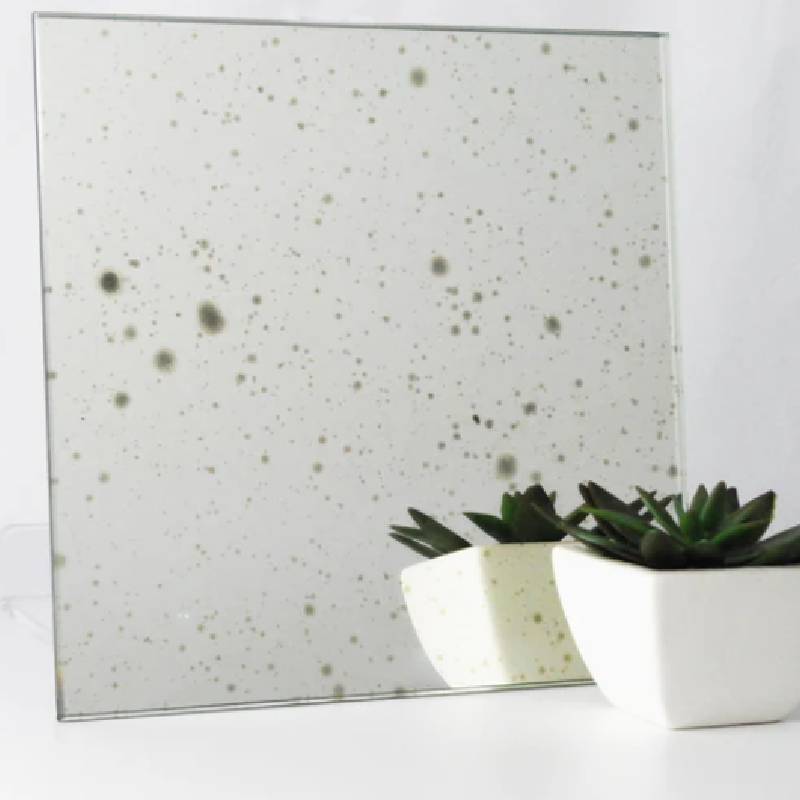The Versatility of Float Annealed Glass
Float annealed glass, a staple in the world of architecture and design, offers a unique combination of aesthetic appeal and functional benefits. This type of glass is created through a specialized manufacturing process called the float glass process, where molten glass is floated on a bed of molten tin, resulting in a smooth and uniform surface. Once it cools, the glass is then annealed—slowly cooled to relieve internal stresses—making it resilient and ready for various applications.
One of the notable characteristics of float annealed glass is its clarity. The floating process ensures a flat, clear surface that minimizes distortions, making it an ideal choice for windows, facades, and other architectural elements. This clarity allows for natural light to permeate spaces, promoting an inviting atmosphere that enhances both residential and commercial environments. Additionally, its aesthetic quality makes it a popular choice for decorative applications, such as glass partitions and showcases in retail environments.
In terms of safety, float annealed glass is a versatile option. While it does not have the same strength as tempered glass, it can still be used effectively in many settings where safety is a consideration. For example, it is often utilized in low-traffic areas or as secondary glazing. Its ability to be laminated adds another layer of safety, as laminated glass can hold together even when shattered, reducing the risk of injury.
float annealed glass
Moreover, float annealed glass is highly customizable, allowing for various thicknesses, sizes, and finishes. This flexibility enables architects and designers to tailor their projects to specific requirements, whether they seek minimalist design elements or more complex structures. Furthermore, float annealed glass can easily be coated with low-E (low emissivity) coatings, which enhance its energy efficiency by reflecting heat while allowing visible light to pass through.
Sustainability is another important factor that contributes to the appeal of float annealed glass. Made primarily from sand, soda ash, and limestone, it is 100% recyclable. This aligns with growing trends towards eco-friendly building materials, as it can be reused and repurposed without significant loss of quality.
In conclusion, float annealed glass presents a unique blend of beauty, functionality, and sustainability. Its clear surface and customizable features facilitate a range of applications, from elegant architecture to practical safety solutions. As demands for energy efficiency and design sophistication increase, float annealed glass will undoubtedly remain a prominent choice in the ever-evolving landscape of modern design.
 Afrikaans
Afrikaans  Albanian
Albanian  Amharic
Amharic  Arabic
Arabic  Armenian
Armenian  Azerbaijani
Azerbaijani  Basque
Basque  Belarusian
Belarusian  Bengali
Bengali  Bosnian
Bosnian  Bulgarian
Bulgarian  Catalan
Catalan  Cebuano
Cebuano  Corsican
Corsican  Croatian
Croatian  Czech
Czech  Danish
Danish  Dutch
Dutch  English
English  Esperanto
Esperanto  Estonian
Estonian  Finnish
Finnish  French
French  Frisian
Frisian  Galician
Galician  Georgian
Georgian  German
German  Greek
Greek  Gujarati
Gujarati  Haitian Creole
Haitian Creole  hausa
hausa  hawaiian
hawaiian  Hebrew
Hebrew  Hindi
Hindi  Miao
Miao  Hungarian
Hungarian  Icelandic
Icelandic  igbo
igbo  Indonesian
Indonesian  irish
irish  Italian
Italian  Japanese
Japanese  Javanese
Javanese  Kannada
Kannada  kazakh
kazakh  Khmer
Khmer  Rwandese
Rwandese  Korean
Korean  Kurdish
Kurdish  Kyrgyz
Kyrgyz  Lao
Lao  Latin
Latin  Latvian
Latvian  Lithuanian
Lithuanian  Luxembourgish
Luxembourgish  Macedonian
Macedonian  Malgashi
Malgashi  Malay
Malay  Malayalam
Malayalam  Maltese
Maltese  Maori
Maori  Marathi
Marathi  Mongolian
Mongolian  Myanmar
Myanmar  Nepali
Nepali  Norwegian
Norwegian  Norwegian
Norwegian  Occitan
Occitan  Pashto
Pashto  Persian
Persian  Polish
Polish  Portuguese
Portuguese  Punjabi
Punjabi  Romanian
Romanian  Russian
Russian  Samoan
Samoan  Scottish Gaelic
Scottish Gaelic  Serbian
Serbian  Sesotho
Sesotho  Shona
Shona  Sindhi
Sindhi  Sinhala
Sinhala  Slovak
Slovak  Slovenian
Slovenian  Somali
Somali  Spanish
Spanish  Sundanese
Sundanese  Swahili
Swahili  Swedish
Swedish  Tagalog
Tagalog  Tajik
Tajik  Tamil
Tamil  Tatar
Tatar  Telugu
Telugu  Thai
Thai  Turkish
Turkish  Turkmen
Turkmen  Ukrainian
Ukrainian  Urdu
Urdu  Uighur
Uighur  Uzbek
Uzbek  Vietnamese
Vietnamese  Welsh
Welsh  Bantu
Bantu  Yiddish
Yiddish  Yoruba
Yoruba  Zulu
Zulu 

